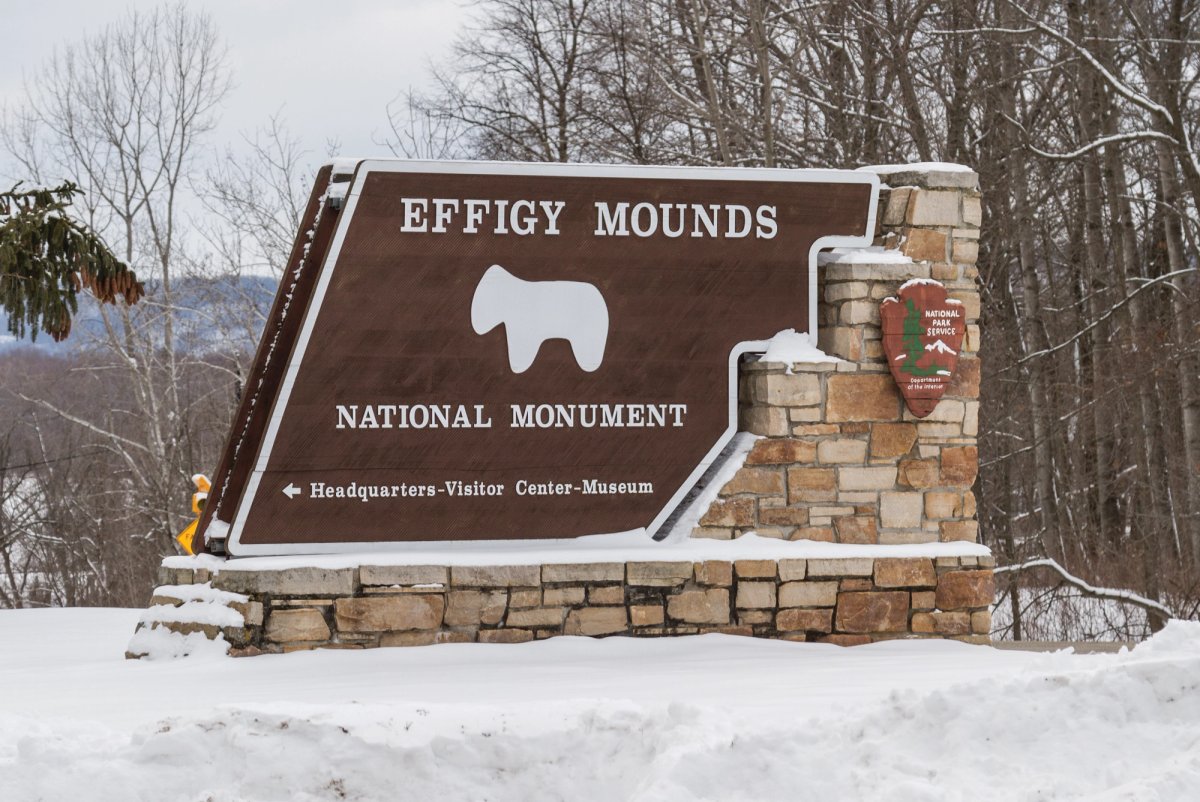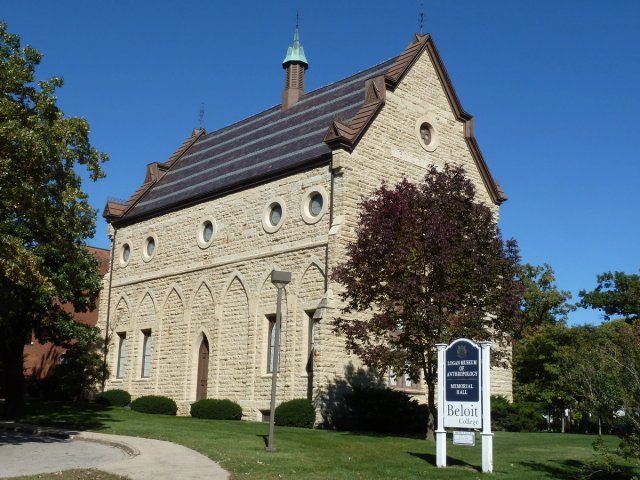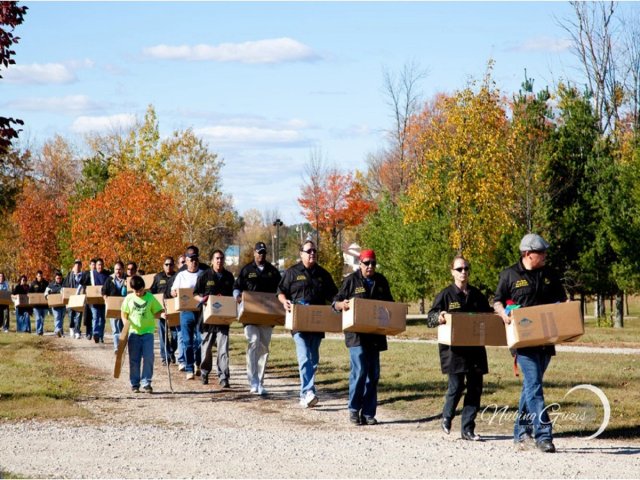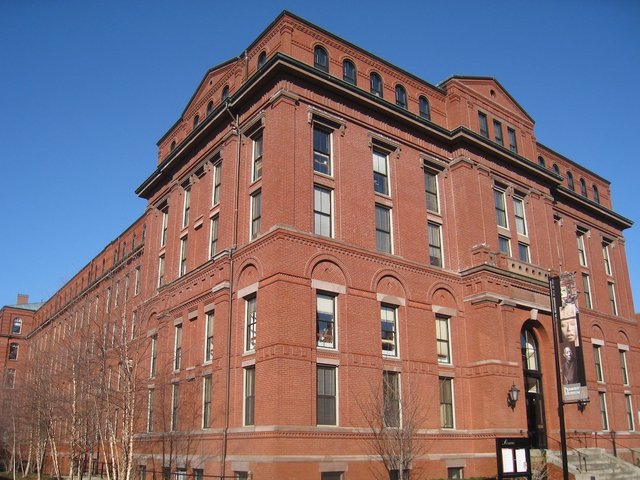The US Department of the Interior is revising the Native American Graves Protection and Repatriation Act (NAGPRA) with the goal of increasing its enforcement. The 1990 statute requires institutions that receive federal funding to inventory their holdings of Indigenous human remains and burial objects to facilitate their return to the respective tribes. It has been a point of contention for several US museums since it was enacted due to logistic hurdles regarding tribal affiliation and compliance.
The revision involves the review of more than 700 proposals from tribal leaders and the appointment of David Barland-Liles to the newly created role of civil penalties investigator, a full-time position in which he will closely evaluate compliance failures to ensure the statute is aiding repatriation to its maximum potential.
“The recommendations primarily focus on making it easier for tribes to affiliate their ties to ancestors and cultural objects, thus making it easier for museums and federal agencies to repatriate,” Barland-Liles says. “We need to shift our attention toward making connections to modern day tribes and emphasise collaboration with tribal nations.”
Barland-Liles was previously a law enforcement officer for the National Park Service, which oversees NAGPRA compliance. He led an investigation related to the Effigy Mountains National Monument in Iowa, an area that preserves more than 200 prehistoric mounds and contains a museum that once held a collection of excavated artefacts and human remains. In 2016, a superintendent of the museum, attempting to avoid NAGPRA mandates, stole the bones of more than 40 individuals and was eventually imprisoned and fined more than $110,000.
“That case exposed some vulnerabilities in the law and marked the first time that the US government invited representatives from all possibly affiliated nations to monitor a federal investigation,” he says. “The transparency and honesty of the process enabled us to build a tremendous amount of trust with the tribal descendants, leading to a collaboration rather than investigation. Emerging from a dark circumstance, there was this interesting element of hope for the future and a path forward.”
He adds that NAGPRA “is one of the few government programmes that wants to put itself out of business. Repatriation is about remediating the angst associated with these ancestors and objects”.
Complications around tribal affiliation and compliance were recently exemplified in a case involving the Hearst Museum of Anthropology at the University of California, Berkeley, whose collection includes around 10,000 Indigenous human remains and burial objects—the largest number at any US museum, according to a 2020 state audit. After years-long discussions with Indigenous activists, in January the museum repatriated a collection of human remains and artefacts belonging to members of the Wiyot tribe who were slain during an 1860 massacre.
In a statement to The Art Newspaper, a museum spokesperson claims that a “restrictive and inequitable interpretation of NAGPRA [...] privileges scientific and scholarly evidence over tribal interests, requiring an unreasonable degree of ‘scientific proof’ that often prevents repatriation”. In this case, “tribal knowledge or tradition was discounted or given less weight, and tribal representatives were not invited to participate in claim review discussions”.
The spokesperson adds that one of the major issues affecting NAGPRA compliance is the fact that the law is only applicable to the 574 federally recognised tribes in the US, although more than 200 tribes do not have federal status.
“Most of the ancestors and belongings still held by the museum are culturally affiliated with non-federally recognised tribes in the Bay Area,” the spokesperson's statement adds. “Although we have described the facts that, in the past, impeded repatriation, we are hopeful that new policies and practices [...] will make the repatriation less complicated, and that we will be able to meet our goal to transfer control and repatriate all of our holdings of ancestors and cultural belongings.”
The Association of American Indian Affairs (AAIA) published a comment regarding the draft revisions, stating that “current regulations have failed Native Nations [...] as well as agencies and museums by creating loopholes that cement the institutional racism of our shared past”.
The organisation adds that NAGPRA is severely outdated, having been enacted more than three decades ago. “Since that time, we have further developed our understanding of how institutions have been thwarting NAGPRA and exploiting weaknesses in the current regulations to undermine Congressional requirements of repatriation and graves protection,” the AAIA statement adds.
Among several recommendations, the organisation urges the revision to redefine the one-and-only exception to repatriation, or the “right of possession” indicating that human remains or burial objects were obtained with full knowledge and consent of lineal descendants, and that institutions improve the documentation of their collections.
“Comprehensive data sharing is central to facilitating repatriation, but the flow of information can be inadequate,” the AAIA writes. “Many tribes have complained that museums and agencies will not provide all relevant collection documentation as requested. Tribes should not be burdened with compelling production of information.”
The Department of the Interior announced it had begun to review proposals for NAGPRA revisions this month, but it is unclear when the amendments will be finalised or enacted.
Repatriationnews
US revises law governing repatriation of Indigenous remains and burial objects
The effort, conducted in consultation with Native American tribes and nations, would enable greater enforcement of the Native American Graves Protection and Repatriation Act
21 February 2022

Effigy Mounds National Monument near Harpers Ferry, Iowa Tony Webster/Flickr Commons
Repatriation Native American Graves and Protection Act (NAGPRA)American MuseumsIndigenous art Indigenous peoples




